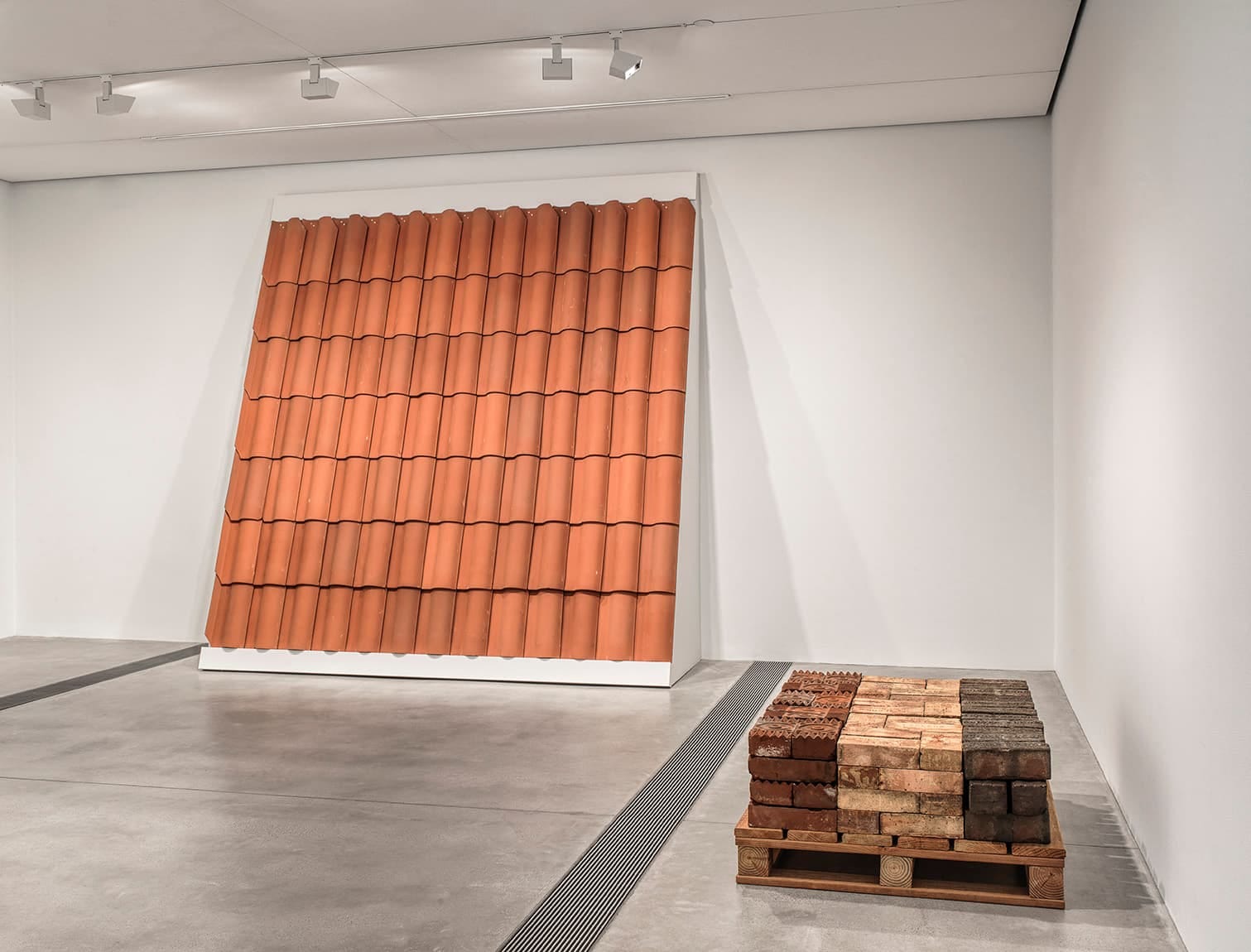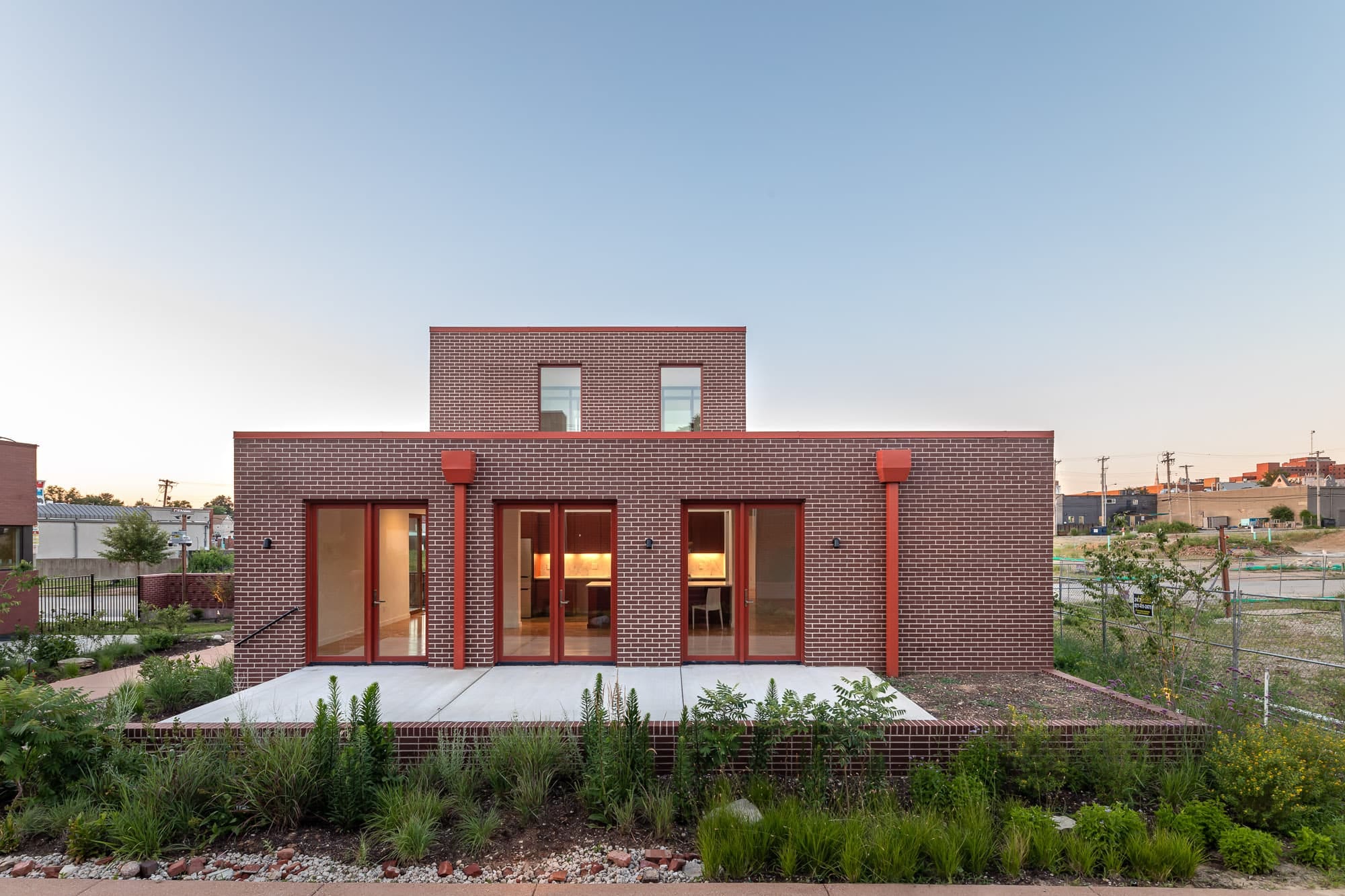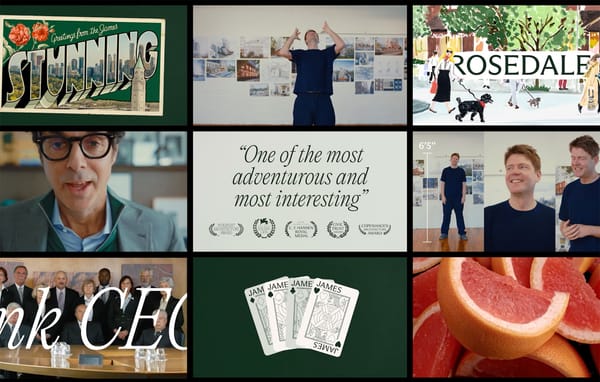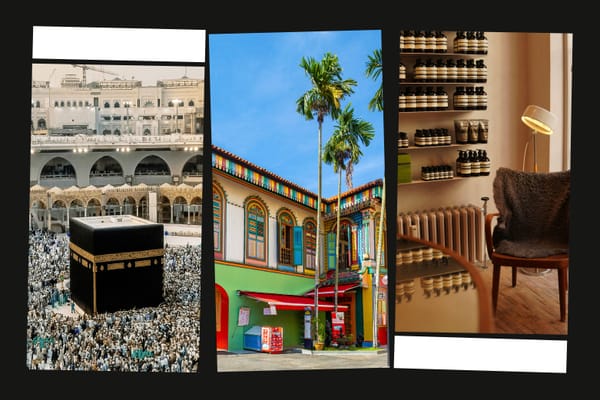Lost and Found
Projects pointing to the past and future raise questions about urban development in St. Louis

Hi everyone,
Monday’s podcast interview, with Andrea Andersson of the Rivers Institute for Contemporary Art & Thought, is partly about that organization’s efforts to respond to and nourish communities in New Orleans. Today’s newsletter looks at another mid-size American city, St. Louis, where there is a unique opportunity to connect an art-museum exhibition to on-the-ground changes in its neighborhood.
Current conversations about the art world’s ability to meaningfully address political questions often hinge on globe-spanning challenges: climate change, migration, inequality. I’m increasingly interested in local dialogues. What exhibitions and programs have you seen that engage their communities in inspiring ways? Please comment or reply with examples!
Thanks, as ever, to our subscribers and patrons. If you like what you read below, I hope you’ll consider sharing this story with someone you know (or your faceless mass of social-media followers 🙃).
Love all ways,
Brian
Lost and Found

The pallet of bricks and the leaning section of terracotta roof tiles could be minimalist artworks—a 1970s-era sculpture by Gordon Matta-Clark or Carl Andre, say, or an installation by contemporary artist Cameron Rowland. They sit placidly in a white-cube gallery, lit to reveal their surface texture and with no visible labels offering further context. This arrangement encourages us to consider them objects of aesthetic contemplation, to ponder their overall form or the similarities and differences of their component parts.
But they are also fragments of a “lost” St. Louis, salvaged from buildings being destroyed during the mid-to-late twentieth century and preserved in the collection of the National Building Arts Center (NABC), an institution dedicated to understanding and conserving the built environment and located just across the Mississippi River. In nearby galleries you’ll find sgraffito panels from the Rivoli Theater, decorative cast-iron grilles, copper lion’s-head decorations, and other fragments of a city that suffered from population loss, economic hardship, and political challenges throughout the twentieth century.
They’ve been brought together in “Urban Archaeology: Lost Buildings of St. Louis” at the Pulitzer Arts Foundation, a museum in the city’s Grand Center neighborhood founded by arts patron and collector Emily Rauh Pulitzer. The museum, which opened in 2001, is housed in a concrete building designed by Japanese architect Tadao Ando and located in Grand Center, a neighborhood about three miles west of downtown that became home to numerous arts organizations after the St. Louis Symphony Orchestra moved in to nearby Powell Hall in 1968.
Bringing together these architectural fragments in an art-museum context is meant “to expand our understanding of history so that we might better envision the future of our city.” “Urban Archeology” is a sensitively designed presentation, the Victorian and Art Deco patterns in many of the salvaged pieces contrasting with the exquisitely finished serenity of Ando’s building. And the accompanying materials are uniformly well-done. There is a video about local preservation efforts projected in the galleries; an exhibition guide with detailed information about the exhibited pieces and reflections on the historical, economic, and social processes that led to them being removed from their original sites; and an oral history.
Even from afar, one can tell that the exhibition raises relevant questions about a changing city, and more broadly about American urban history, labor, and materials, the varying and sometimes competing definitions of community, and how places become repositories of both memory and feeling. As the anonymous authors—ostensibly curators Michael Allen, of the NABC, and Stephanie Weissberg, of the Pulitzer—write in the exhibition guide, “When buildings are lost, which stories are remembered and which are forgotten? What people and factors have contributed to St. Louis’s widespread architectural loss? What can we learn about our future by examining the buildings of our past?”
What goes unmentioned, both in the exhibition materials and the related stories I’ve read or watched that discuss it, is that a version of that future is both under construction and on sale one block west of the museum. In 2018, Emily Rauh Pulitzer purchased a mostly unbuilt one-block parcel of land along Olive Street, between Vandeventer and Spring Avenues. “Leveraging her connections to some of the architecture world’s biggest names” and partnering with local real-estate developer Steve Trampe of Owen Development, she hired celebrated Mexico City–based architect Tatiana Bilbao to create a masterplan for the block’s redevelopment into a residential community. Bilbao, Pulitzer, and Tampe brought together a handful of other world-renowned architects, including Productora and MOS Architects, to create designs for single-family residences that will be used to fill out the 3.3-acre, 27-home development. (An apartment building by Los Angeles–based architect Michael Maltzan Architecture will anchor one end of the block.)
The residential designs all make extensive use of brick, in a nod to St. Louis’s history. (As the exhibition guide notes, “With as many as sixty local brickworks, the city was the largest producer of decorative terracotta brick in the world in the first decades of the twentieth century.”) They seem, in pictures and plans, to offer beautiful, accommodating spaces, and Bilbao’s overall site scheme includes plenty of shared amenities, such as a meditation garden, an edible garden, a bocce court, and an outdoor pool. Interestingly, the landscape between the houses also includes “historic architectural elements, statues, and large-scale objects … from the National Buildings Arts Center. In [their] new context,” Bilbao’s project page suggests, “they become curious objects of uncertain use; their presence invites incidental interaction, creating an open gallery where each artifact tells the story of the site through its past life.”
The site’s past life, of course, was part of Grand Center, and people still call the neighborhood home today. Two years ago, Zach Mortice, an architecture critic based in Chicago, noted the possible tensions between On Olive, as the residential development is called, and its neighbors. As Mortice wrote, “the new homes aren’t being marketed to the current residents of Covenant Blu Grand Center [the formal name for the neighborhood], where the average home price is $104,000 and nearly a third of residents live in poverty.” (Various articles have cited the prices of On Olive’s homes will begin at anywhere from $250,000 to $350,000.)

Mortice spoke with Audrey Ellerman, president of the local neighborhood association, who seems sanguine about On Olive’s impact upon the neighborhood’s development. She is on the steering committee for the North Central Plan, a community-led process to envision a future for Grand Center and the neighboring Vandeventer neighborhood. “I don’t see another Olive happening,” she said, “without Covenant Blu having discussions.”
“Another Olive” is unlikely if you ask its developers, who have said they will make no money on the project. Trampe, of Owen Devlopment, said in 2019, “The goal is really to build something that’s really significant and lasting and that will have the same effect that the Fox Theatre and Powell Hall do within Grand Center.” Though the developers may make no money on this project, the effect of On Olive, if it’s as significant as Trampe hopes, will reverberate outward from its one-block parcel of land.
I’ve visited the Pulitzer twice since 2001 and have followed the museum as closely as one can while living hundreds of miles away. Its commitment to working thoughtfully with the community is clear, and Emily Rauh Pulitzer has a sterling reputation in modern and contemporary-art circles. It’s hard to fault the intentions of a project like On Olive. But, as Trampe notes, he’s interested in “effects.” “Urban Archeology” offers a great opportunity to connect past and future. Urban leaders in St. Louis should the exhibition’s questions to On Olive’s neighbors—and listen closely to their answers.
🧱 A little more: “To understand the history of St. Louis’s bricks is to unearth systems of power, economy, dispossession, decline, and manifest destiny”: critic Anjulie Rao on a complicated legacy explored by artist Jackie Summell
🔗 Good Links
📜 Five Manifestos for the Beautiful World: author Christina Sharpe brings together five “alchemists” for a single lecture on November 2. A hybrid event, so you don’t have to be in Toronto to attend.
🧑🏻🎨 “A friend drawn ugly becomes ugly. A life drawn sweet becomes more sweet. To draw your life is to attempt to transform it with your magic.”
- 📚 RIP Natalie Zemon Davis, a pathbreaking historian and talented writer who toggled between past and present, between cultures, and between archival sources and their representation in culture
- ⚡ “I beseech you, I implore you, I beg of you: do that thing that makes you feel proud, make the thing that is worthy of your talents.” Tech-and-community advocate Anil Dash’s recent keynote lecture.
- 🚄 “Trains are increasingly the fastest and cheapest way to travel around the country. More than 300 high-speed trains operate daily.” Japan? Switzerland? No. Spain!





